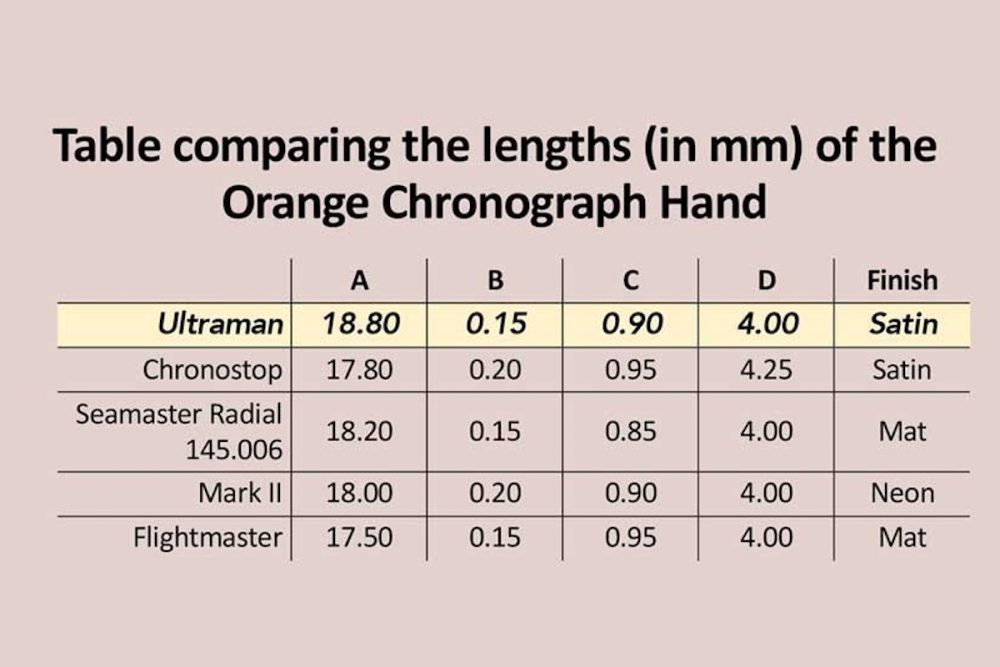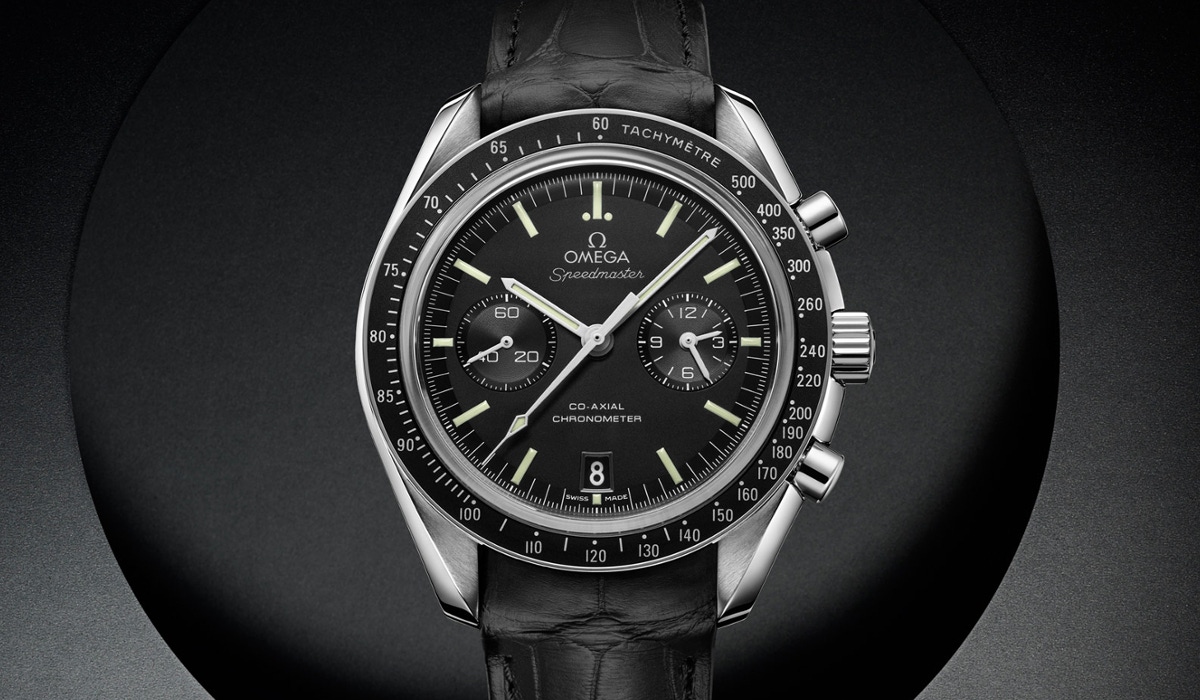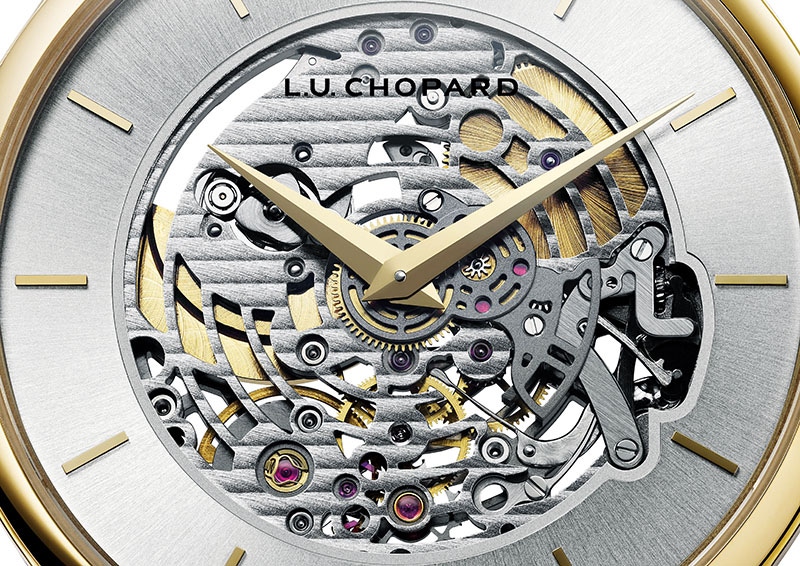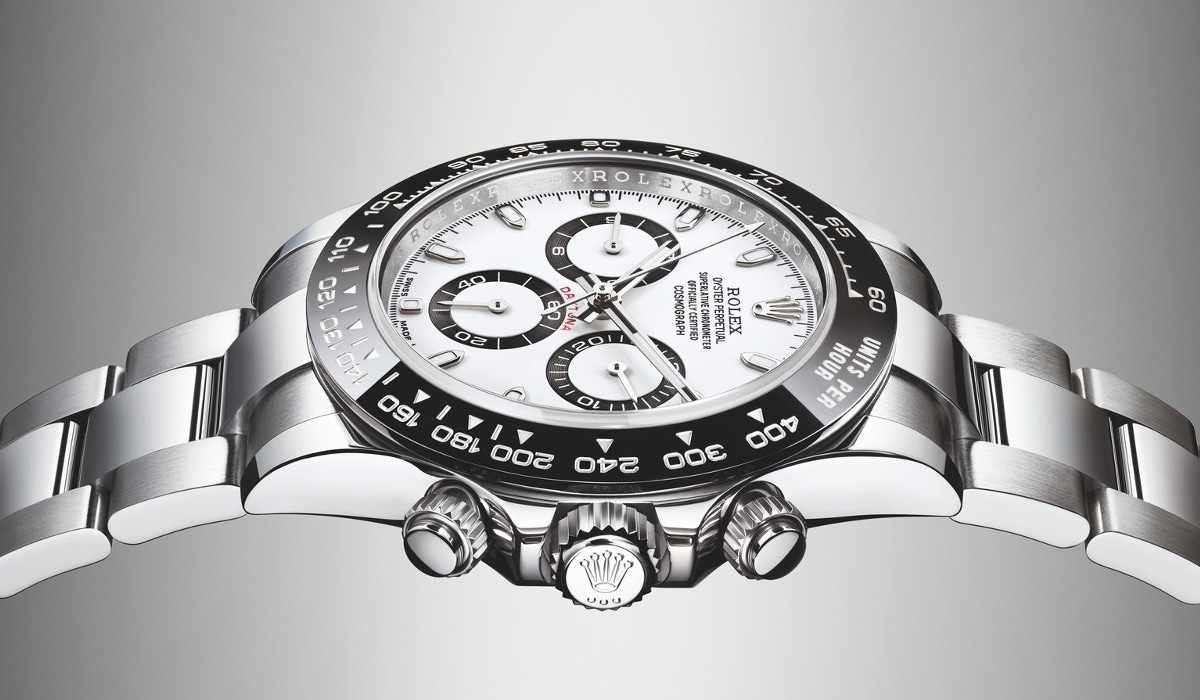The Rake Offers Two of The Rarest Vintage Omega Speedmasters
With the value of vintage steel chronographs at an all-time high, The Rake is offering an incredible opportunity to acquire two classic and super-rare vintage Omega Speedmasters. Both examples come from the Revolution Collection and here Wei Koh talks about why they are so beautiful and special.

If you have even the slightest interest in vintage Speedmasters, then you will have heard of the Davidoff brothers Roy and Sacha, who are the unrivalled kings of this domain. I would say that they and Robert Jan-Broer are the three key figures in the growth of vintage Speedmasters, and even modern Speedmaster culture.
145.022-69 Grey Racing
One of the rarest and most intriguing Speedmaster configurations is the category of “Racing Dial” Speedies. These emerged in the late ’60s and are classified under two versions: the Black Racing and the Grey Racing. To me, they are the single most visually stunning and beautiful Speedmasters ever created and continue to be a major design influences on modern Speedmasters such as the Dark Side of the Moon Apollo 8, as well as 2020’s Alinghi Team Speedmaster, both of which feature black ceramic cases, stunningly decorated calibre 861 movements — and racing dials.

The Speedmaster Reference 145.022-69 with the Racing Dial and orange arrow-tipped central chrono hand (©Revolution) 
The Speedmaster Reference 145.022-69 with the Racing Dial and orange arrow-tipped central chrono hand (©Revolution) 
The Grey Racing was also the inspiration for the highly-coveted Omega Speedmaster Japan Racing, a limited edition of 2,004 watches with a Grey Racing Dial. Seen here is the Limited-Edition Japan Racing Dial Reference 3570.40.00 (©Revolution) 
The Speedmaster Reference 145.022-69 with the Racing Dial is the single most expensive watch in Revolution’s collection and also one of the most important to Wei. 
An “Ultraman” is an Omega Speedmaster model 145.012-67, one of the three models that went to space and the very last Speedy to feature the hallowed calibre 321. 
The Speedmaster 145.012-67 Ultraman got its name from the 1970s Japanese TV series, The Return of Ultraman. 
Revolution's Speedmaster Reference 145.012-67 Ultraman with a Holzer bracelet (©Revolution) 
2018 Speedmaster Limited Edition 42mm "Ultraman" 
Omega compared two Ultraman watches side by side with various other Omega watches with the orange chrono hand. These were their definitive findings (Data reproduced from moonwatchonly.com) 
There are only a few hundred of these Ultraman watches in existence, which means they are rarer than, say, a “Paul Newman” Daytona.













